Many pundits predict the rather obvious application of existing web-based booking processes to various airport procedures. At some airports in the United States, for instance, it is already possible to book a time slot for passing through security.
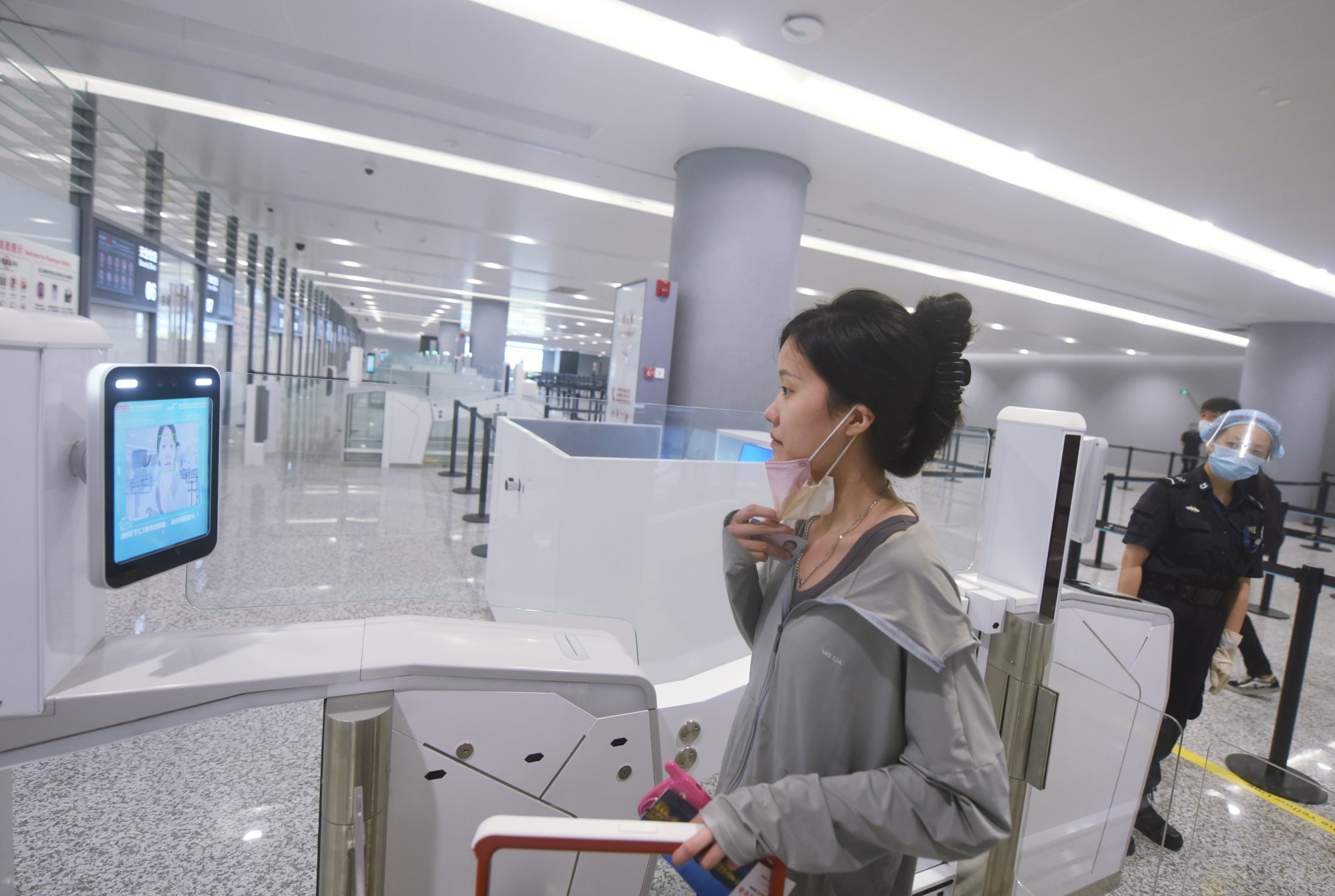
Others predict the widespread adoption of new technologies already under trial, such as the addition of artificial intelligence (AI) to carry-on baggage scanning, speeding up the process while making it more accurate.
But some descriptions of the future of airports, in which they become fun palaces offering endless entertainment, where we will be pleased to pass the time serviced by robots capable of answering any question in any language, and of whipping up a latte or a Negroni on the spot, seem as utopian as 1989’s Back to the Future II.
From Istanbul to Bordeaux to Kobe, a global culinary tour
From Istanbul to Bordeaux to Kobe, a global culinary tour
If that film’s forecasts had been correct, we would all have been riding hoverboards for several years by now.
But it does seem to be widely agreed that the ideal is continuous passenger progress from airport entry to boarding, with little or no queuing.
Nick Careen, IATA’s senior vice-president for operations, safety and security, is in no doubt about the first step that is needed to achieve that. “It’s the advanced use of biometrics and global acceptance of it.”
E-boarding gates using facial recognition are already in use at Hong Kong International Airport and some customs agencies – in North America and Ireland, for example – are using the technology to help speed up the clearance process.
In an ideal future, your digital identity will be stored on your phone, your check-in will be completed en route to the airport, and your presence will be automatically confirmed by facial recognition cameras on arrival.
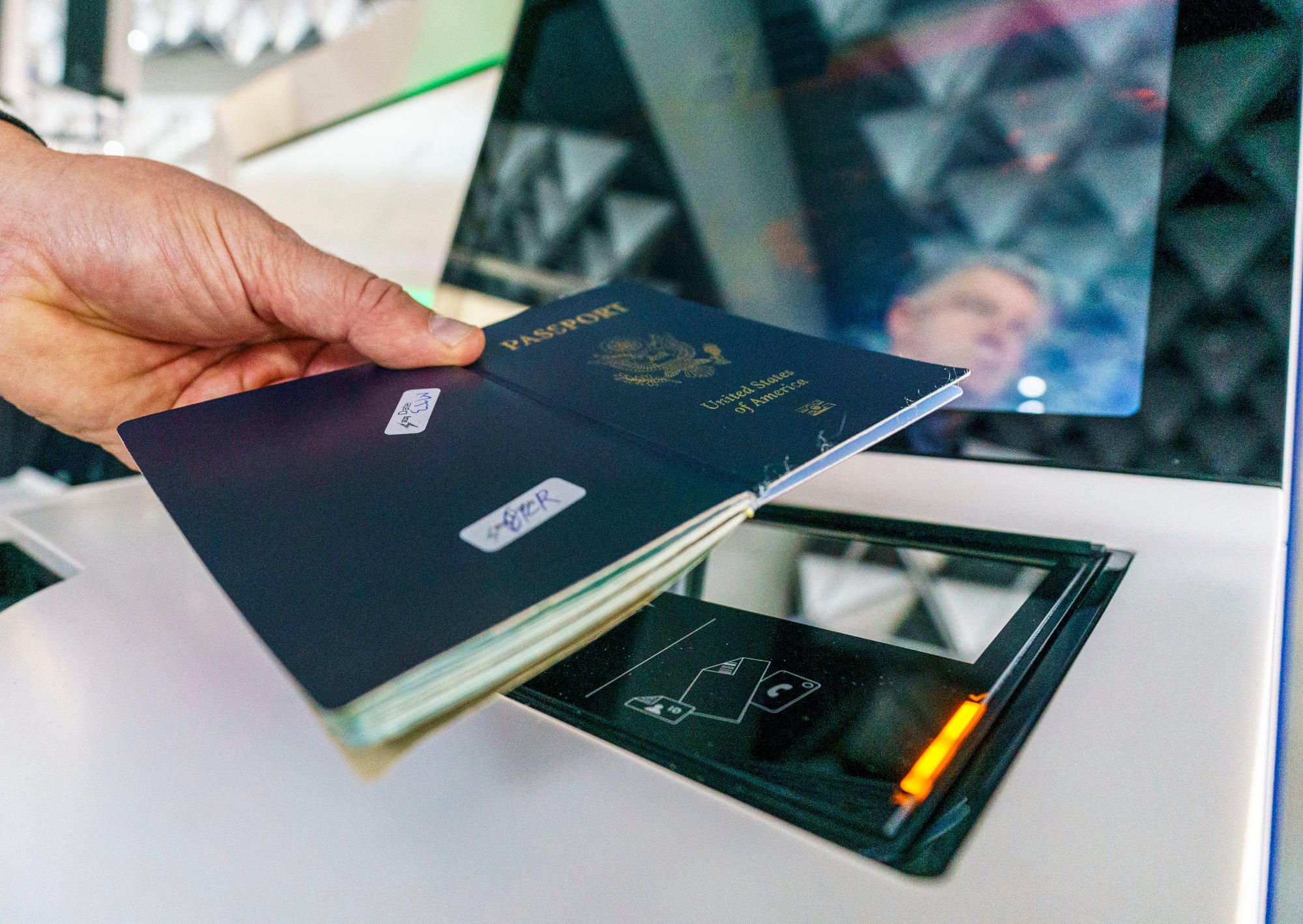
The same technology will see you seamlessly through all the subsequent procedures, confirming your identity as you go.
“In the future, you can imagine that it will all be AI-enabled – a camera that’s essentially watching people walk through a secure area,” says Douglas Carlucci, head of Asia-Pacific transport and services for management consultants Oliver Wyman.
There may not even be a need for security gates at immigration, he says. Only those who are not recognised by the cameras’ AI will be stopped.
The problem is not the technology, which is already developed, nor the cost of installing it, although that will initially be borne by passengers – at least until staffing costs are reduced and efficiency increased.
It is one of agreeing security standards, currently a problem within the same airport, let alone internationally.
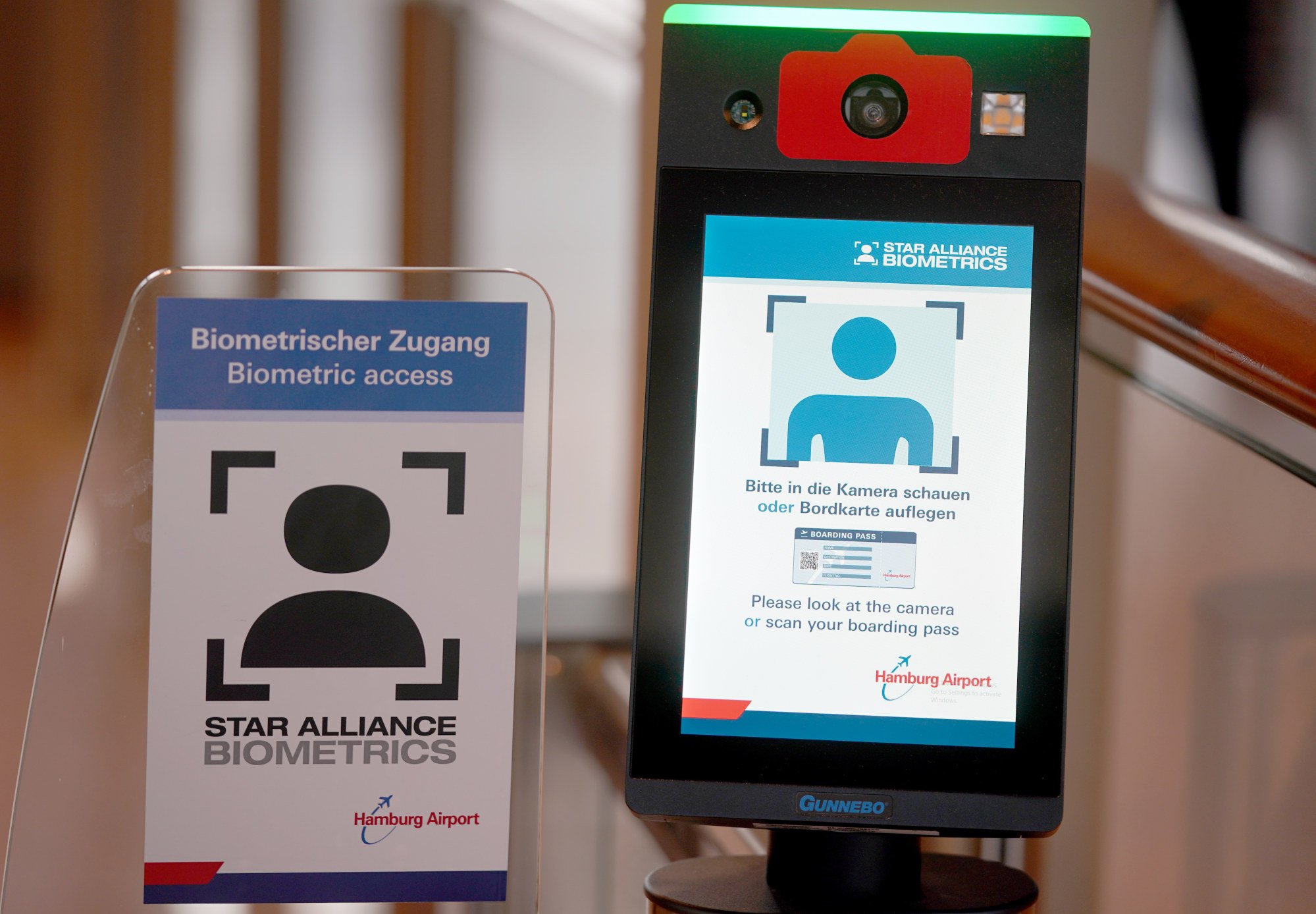
“The problem is security doing one thing and customs doing something different,” Careen says. “Never shall the two meet. They act independently. And then you have the airlines that are struggling to do something themselves.”
Careen has been campaigning for harmonisation for at least five years, and Carlucci thinks that any agreement to share data across borders may still take many more years to complete. But he does foresee some benefit in the nearer term when data collected on outbound journeys is used to speed up processing on return trips.
Careen regards the arrival of some sort of universally accepted digital identity system as inevitable, because the only alternative, if passenger growth forecasts are correct, is to build bigger terminals and hire more staff.
Construction takes decades and airlines are suffering from staff shortages already. Biometrics hold the promise of more efficient use of existing space and more efficient turnover of passengers using fewer staff, not more.
Agreement has already been reached on encoding biometric data in passports, and at many destinations swift passage through electronic immigration booths with cameras has become routine for some nationalities.
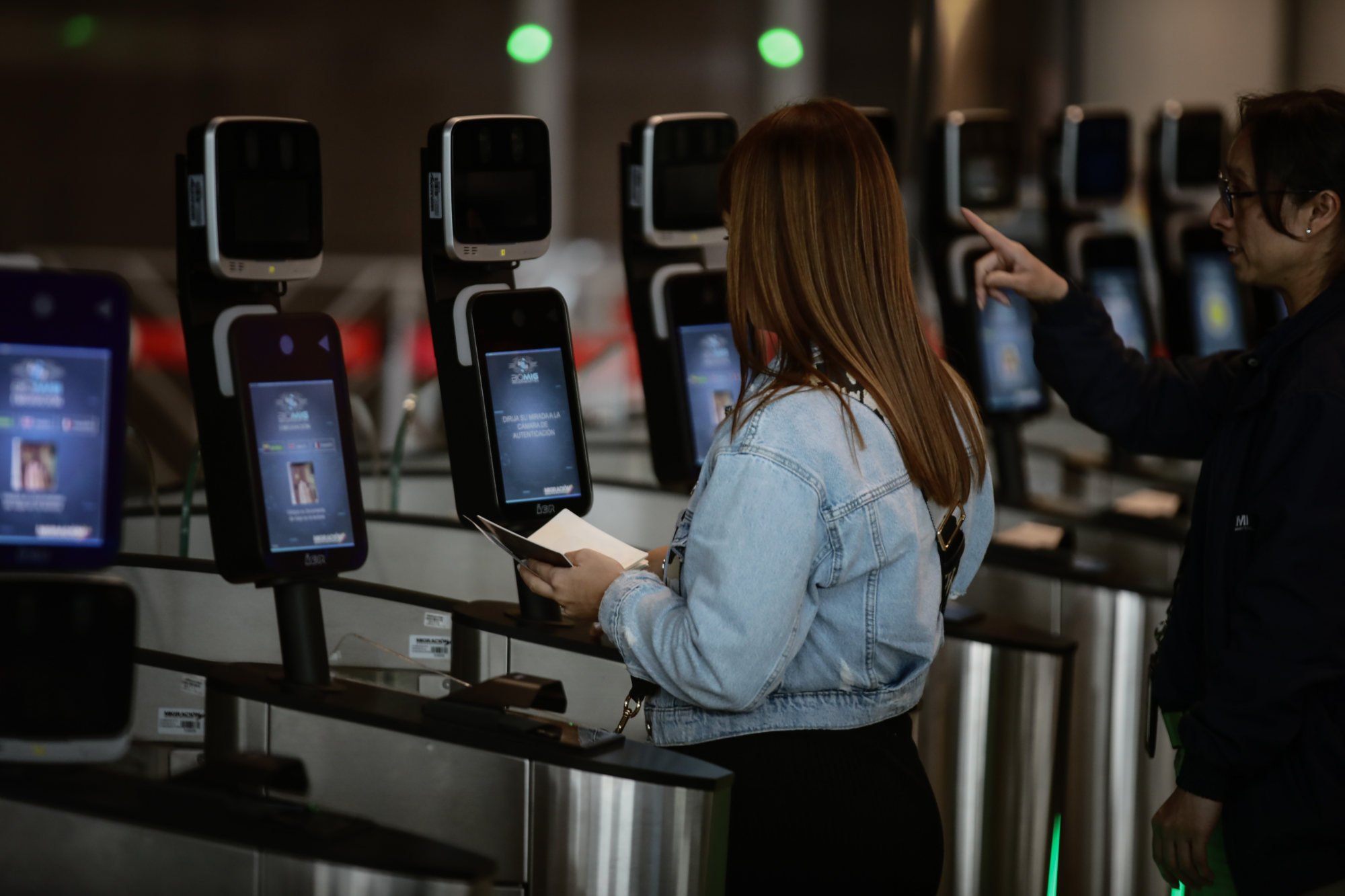
But in its final paper-free version, the digital identity will include temporary flight-specific data such as visa, vaccination record, ticket and boarding pass, as well as baggage details.
Some of these can already be handled electronically, but by different systems in different ways.
Some airlines, including China Southern, are experimenting with electronic baggage tags (for the time being, only those programmed by the passenger at home) which, if widely introduced, will at least save a loop of paper long enough to go several times round the world every year.
These tags will encode key passenger details, too, and one day, Amazon-like local distribution networks may collect them from your home at one end and deliver them to your hotel at the other, again with time saved at the airport.
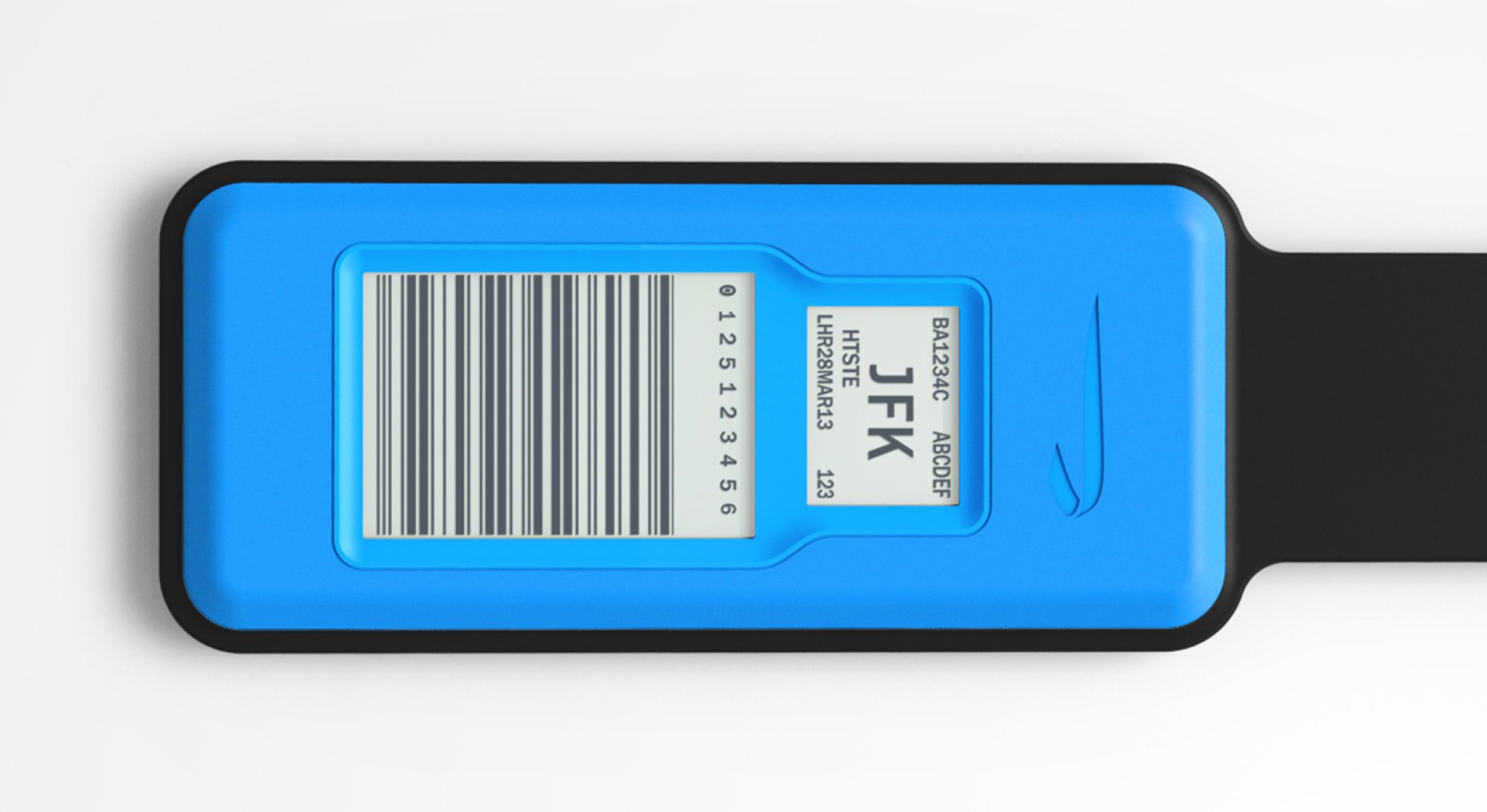
The tags will also make bags constantly trackable by their owners, but if you prefer to collect the luggage from the carousel they will be able to text you as it arrives.
All this technology already exists, but the hold-up here is twofold.
All but the tiniest airports have baggage management systems designed to scan the existing paper tags, so the new tags are for now little more than plastic versions of the paper ones. And then there is the problem of existing security regulations under which bags must travel with their owners.
“Getting a government to back off from a regulation that’s designed to deal with security is nearly impossible,” Careen says.
This also affects another area in which facial recognition and biometric information could speed passenger flows.
Arms, meditation, walking on water – act out your ninja fantasies for a day
Arms, meditation, walking on water – act out your ninja fantasies for a day
“Now an international and a domestic customer never intersect because one is ‘clean’ and one is ‘dirty’ – words like that are used in the regulatory environment, which doesn’t make any sense whatsoever,” Careen says.
From 2024, facial recognition cameras will allow a passport-free departure for some passengers from Singapore’s Changi Airport and underpin a trial in Paris, which Careen is confident will demonstrate that this technology can remove any need for domestic and international passenger segregation.
If governments can be persuaded to change regulations, there’ll be less need to move from one area of the airport to another, or tow aircraft between domestic and international gates.
But if facial recognition and biometric data will one day see us swiftly through check-in, boarding, transit and immigration, there’s still the hurdle of lining up to fumble through security, bagging up liquids, removing laptops and getting partly undressed, only to act in reverse moments later.
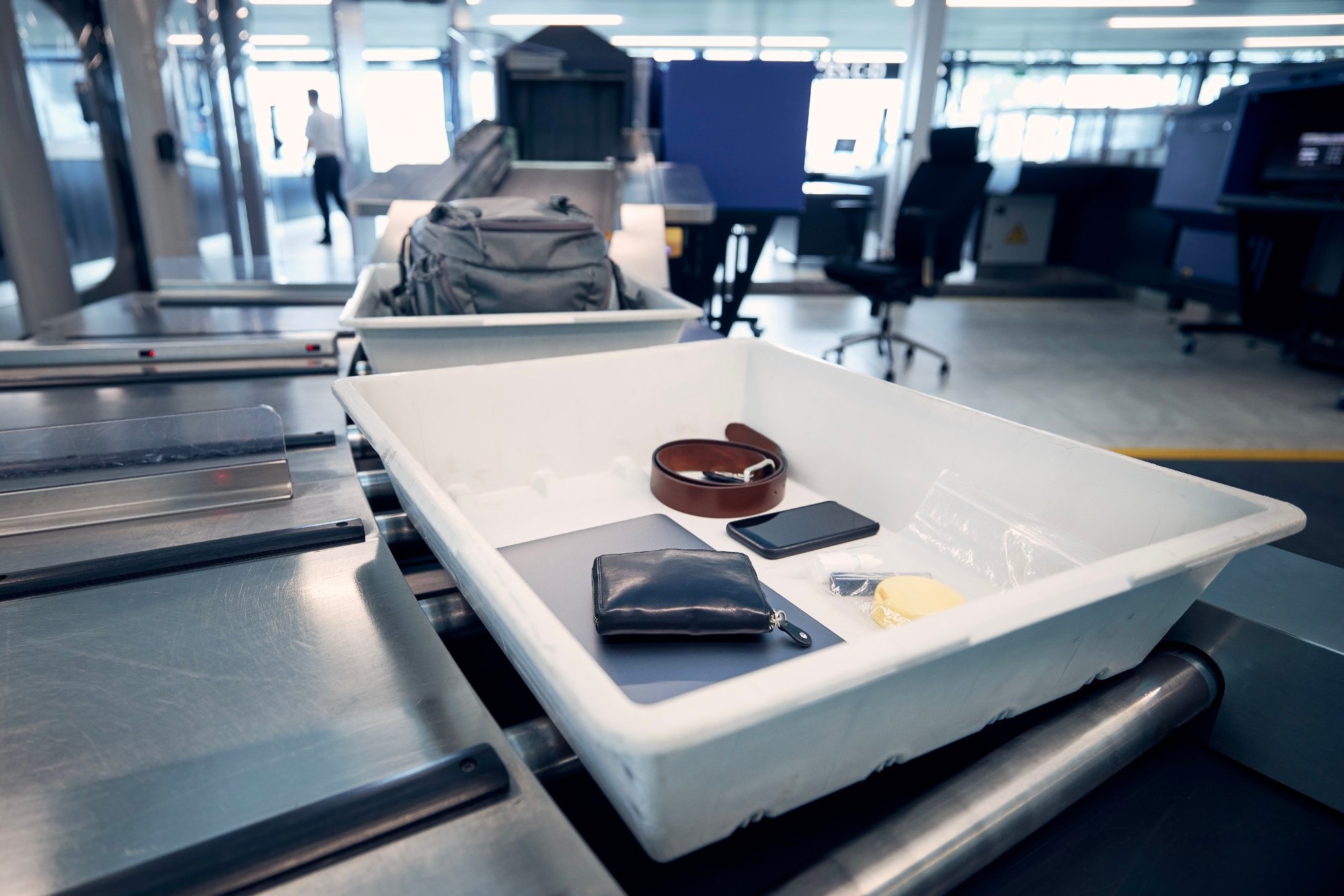
Here the good news is that AI-driven scanners will soon inspect carry-on bags more efficiently and send fewer to manual-checking staff.
London City and the two airports in Rome are among several that no longer require laptop removal, and machines using detection algorithms and volumetric imaging will be able to analyse liquids while they are still in your bag.
So passage through airports is indeed set to become speedier – although no one is saying exactly when.
But perhaps this reduction in what is known as “dwell time” may dismay airport retailers who make disproportionately large incomes from relatively small premises. Already some offer duty-free shopping online, however, with bought items delivered to or near the gate.
And as airline profitability is closely tied to processing passengers as quickly as possible, avoiding the expense of keeping aircraft on the ground, Careen is sceptical that the future holds more shopping and entertainment to detain passengers in what he calls “Taj Mahal airports”.
Carlucci suggests that some passengers are already choosing to transfer through specific airports based on the swiftness of passenger processing and their confidence in making a connection. Airports and airlines will have to respond.
“In order to compete effectively for the high-value travellers, this will have to evolve and they’ll need to find solutions,” he says.
For those in the back of the plane, it’s time to download individual airline and airport apps and see what processes may be completed and services booked, and also to join any preferred flier or trusted traveller scheme available that will speed up procedures.
And then it’s a matter of waiting to find out which hi-tech ideas will actually take off.
Bagikan Berita Ini














0 Response to "Airports with no queues? How AI and biometrics could make that a reality - South China Morning Post"
Post a Comment